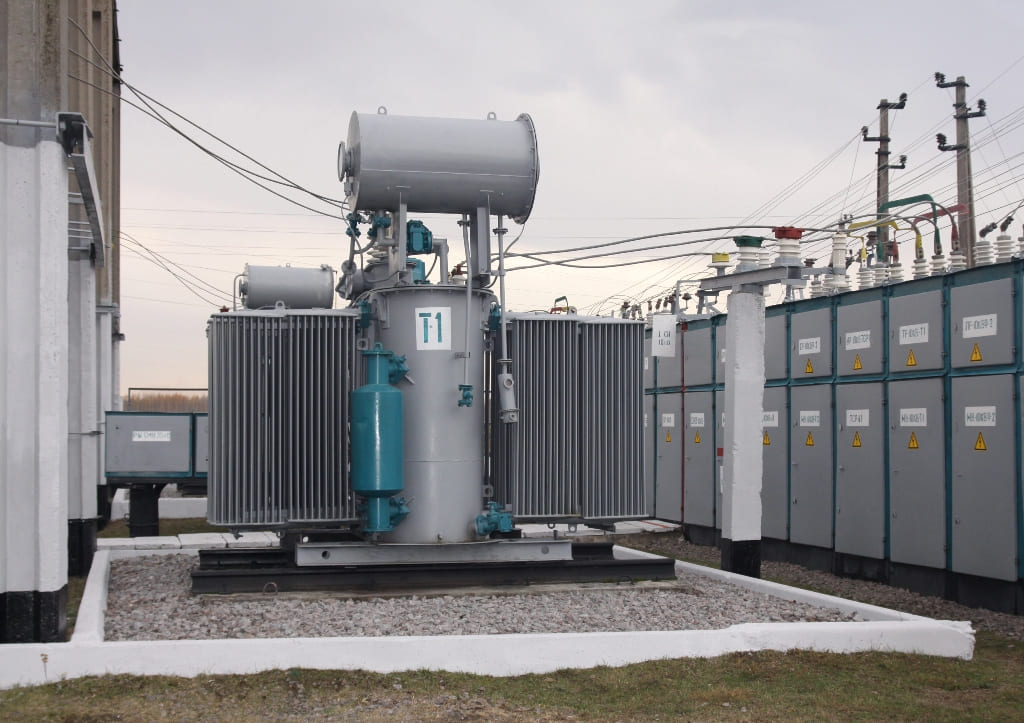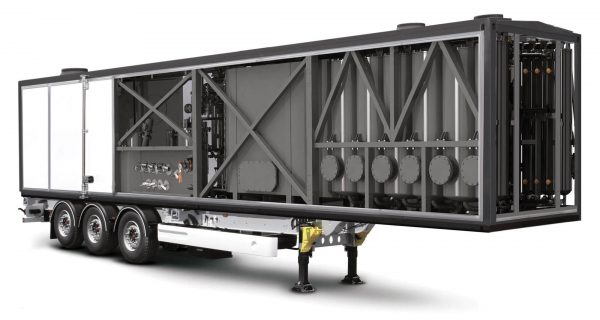Electrical insulating oils belong to energy oils class. It also includes turbine and compressor oils. Despite the name, electrical insulating oils not only prevent possible contact between energized components of transformers, they also dissipate heat and extinguish arc in electrical switches.
The better the performance of an insulating oil, the more reliable the equipment and the longer it serves. However, oil is constantly under the influence of negative factors, such as high temperature, moisture, electric field, air etc. One of the important quality parameters of oil its acidity. In this article we look at ways of insulating oil acidity reduction.
What is the acid number and how is it measured?
The acid number is the amount of milligrams of potassium hydroxide necessary to neutralize all acids in one gram of the product. Acid number is regulated for both new and used oil. In the former case, the acid number must not exceed 0.01-0.02 mg KOH/g, while in the latter it must remain below 0.25 mg KOH/g, although specific limits for electrical insulating oils used in different types of equipment at different voltages may vary. This parameters is one of the most important in understanding the degree of oil aging. The higher the acid number, the more change has the oil undergone in the process of operation.
Acid number is measured by first taking oil samples. To determine how much the oil has aged, titration of the oil sample with alkali (KOH) is performed. The change of indicator color signifies the end of the neutralization process, i.e. the absence of acids. The amount of potassium hydroxide used in milligrams per one gram of oil is the current acid number of the oil. When this number reaches 0.5 mg KOH/g, the oil must be replaced, or insulating oil acidity reduction must be performed.
How to reduce the acid number of insulating oil?
The reduction of acid number is usually a part of a larger regeneration process. The problem is that used oil undergoes certain change, and contains many kinds of types of impurities. There is no single method to tackle all impurities equally efficiently; therefore, regeneration is a complex process which includes the removal of solid particles, water, gas, aging products, acids etc. Only complete regeneration makes it possible to use electrical insulation oil again.
As far as acids are concerned, in the process of regeneration they are removed by adsorbents, which can selectively capture impurities. Electrical insulating oil regeneration is impossible without adsorbents.
Insulation oil acidity reduction equipment
GlobeCore, among other products, offers two units which can reduce the acidity of insulation oil, specifically the ZP and CMM-R types.
The CP unit is built around several adsorbent columns. The most common models are equipped with one or two columns. They are filled with either zeolite, silica gel or Fuller’s earth. While zeolite is aimed at the removal of water, silica gel and Fuller’s earth can remove acids. The design of these units is fairly simple. Beside the columns, they are equipped with filters to remove particulate matter, so they can be used for the restoration of moderately aged oils, since this is not a comprehensive regeneration process.
In the case of the CMM-R units, the regeneration is complete, including filtration, degassing, drying and removal of aging products along with all the acids. The CMM-R is essentially is combination of sections performing specific functions. Apart from the already described processes, the unit can also reactivate saturated adsorbent (Fuller’s earth) and inject anti-oxidation additive into the oil.
The CMM-R is connected directly to a transformer, i.e. the regeneration process does not involve the removal of oil from the tank. Since having to shut down a transformer for the regeneration process may be problematic, GlobeCore engineers designed a special protection system which allows to regenerate oil in a loaded transformer. GlobeCore equipment ensures insulating oil acidity reduction to regulatory limits, i.e. below 0.01 mg KOH/g.


 ZP-260 Sorbent Cartridges
ZP-260 Sorbent Cartridges CMM-12R Oil Regeneration ...
CMM-12R Oil Regeneration ...